Frost Protection For Bulbs: Tips For Protecting Spring Bulbs From Frost


Crazy and unusual weather, such as the drastic changes in recent winters, leaves some gardeners wondering how to protect bulbs from frost and freeze. Temperatures have warmed and so has the soil, so the bulbs think it is later in the season than it actually is. Warmer than normal temperatures cause some bulbs to bloom early and an unexpected frost or freeze can do damage when bulbs are in bloom. So will frost hurt spring bulbs? Keep reading to find out more about protecting spring bulbs from frost.
Will Frost Hurt Spring Bulbs?
Bulbs that normally bloom through snow, like muscari, snowdrops and crocus, don't need spring bulb frost protection. Frost protection for bulbs that like warmer temperatures may be prudent, though. While the actual bulb that is buried underground is usually not damaged, emerging foliage, buds and blooms can be nipped, and browning and wilting of flowers often results. You can sometimes avoid this by providing frost protection for bulbs.
Spring Bulb Frost Protection
Spring bulb frost protection can be addressed at the time of planting by adding a 2-4 inch (5-10 cm.) layer of mulch. Research shows that more than 4 inches (10 cm.) offers no more protection and is basically a waste of money and effort.
Additional Tips for Protecting Spring Bulbs from Frost
Other methods are effective closer to the date of the projected frost/freeze event. Learn how to protect bulbs from frost following these tips:
- Use a little hoop house. These are easily constructed by bending some pipe and attaching plastic as frost protection for bulbs.
- Cover with fabric. Stake the area above the tallest plants and cover with a lightweight sheet or landscape fabric. Remove before the sun warms the area.
- Use a cloche. A cloche, or even a one gallon milk jug, is an effective means of frost protection for bulbs that are blooming. Remove any covering in the morning as soon as temps rise.
- Plant bulbs in a sheltered area. Planting near a home or building is a good method of spring bulb frost protection.
- Cut buds and blooming flowers and bring inside. This is the most effective means of spring bulb frost protection, but does not preserve blooms in the garden.
Now that you've learned a little about spring bulb frost protection, apply these tips when they are applicable to your garden. Plant bulb types that are resistant to unexpected frosts and freezes so that you don't need to worry about extensive frost protection for bulbs.
Gardening tips, videos, info and more delivered right to your inbox!
Sign up for the Gardening Know How newsletter today and receive a free copy of our e-book "How to Grow Delicious Tomatoes".

Becca Badgett was a regular contributor to Gardening Know How for ten years. Co-author of the book How to Grow an EMERGENCY Garden, Becca specializes in succulent and cactus gardening.
-
 Moody Blooms For Spring: 8 Types Of Black Flowers To Add Drama To Spring Displays
Moody Blooms For Spring: 8 Types Of Black Flowers To Add Drama To Spring DisplaysFrom midnight burgundies to inky violets, several types of black flowers can enrich and embolden a spring display. Try these brooding bloomers for a moody garden
By Tonya Barnett
-
 Can Snake Plants Live Outside? Everything You Need To Know For Snake Plants Al Fresco
Can Snake Plants Live Outside? Everything You Need To Know For Snake Plants Al FrescoSnake plants can live outside given the right conditions, but be careful that they don't take over! Learn the best way to use snake plants in your landscape.
By Mary Ellen Ellis
-
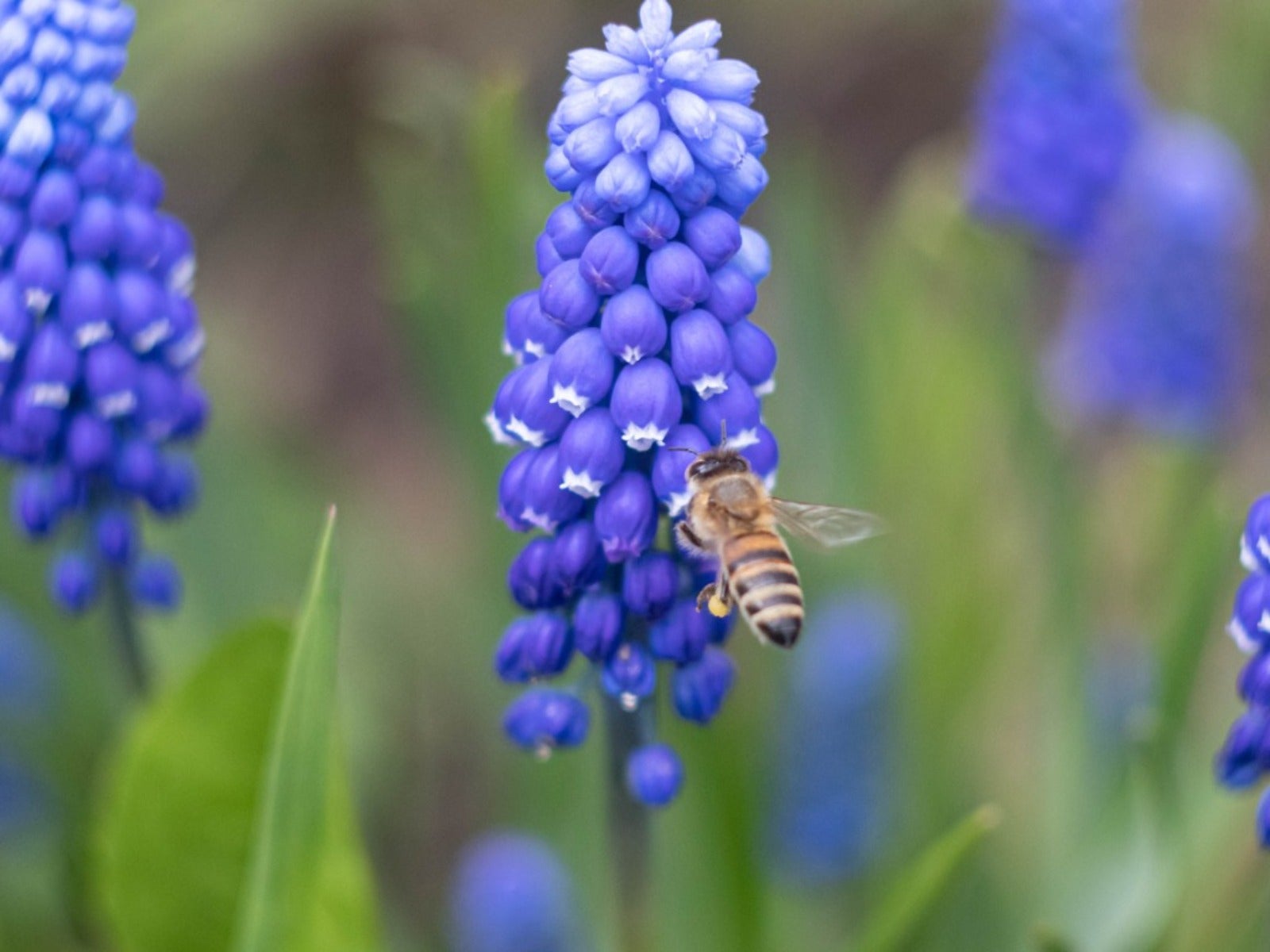 Pretty Spring Bulbs For Pollinators
Pretty Spring Bulbs For PollinatorsWhat are the best flowering bulbs for pollinators in spring? Click here to find out.
By Mary Ellen Ellis
-
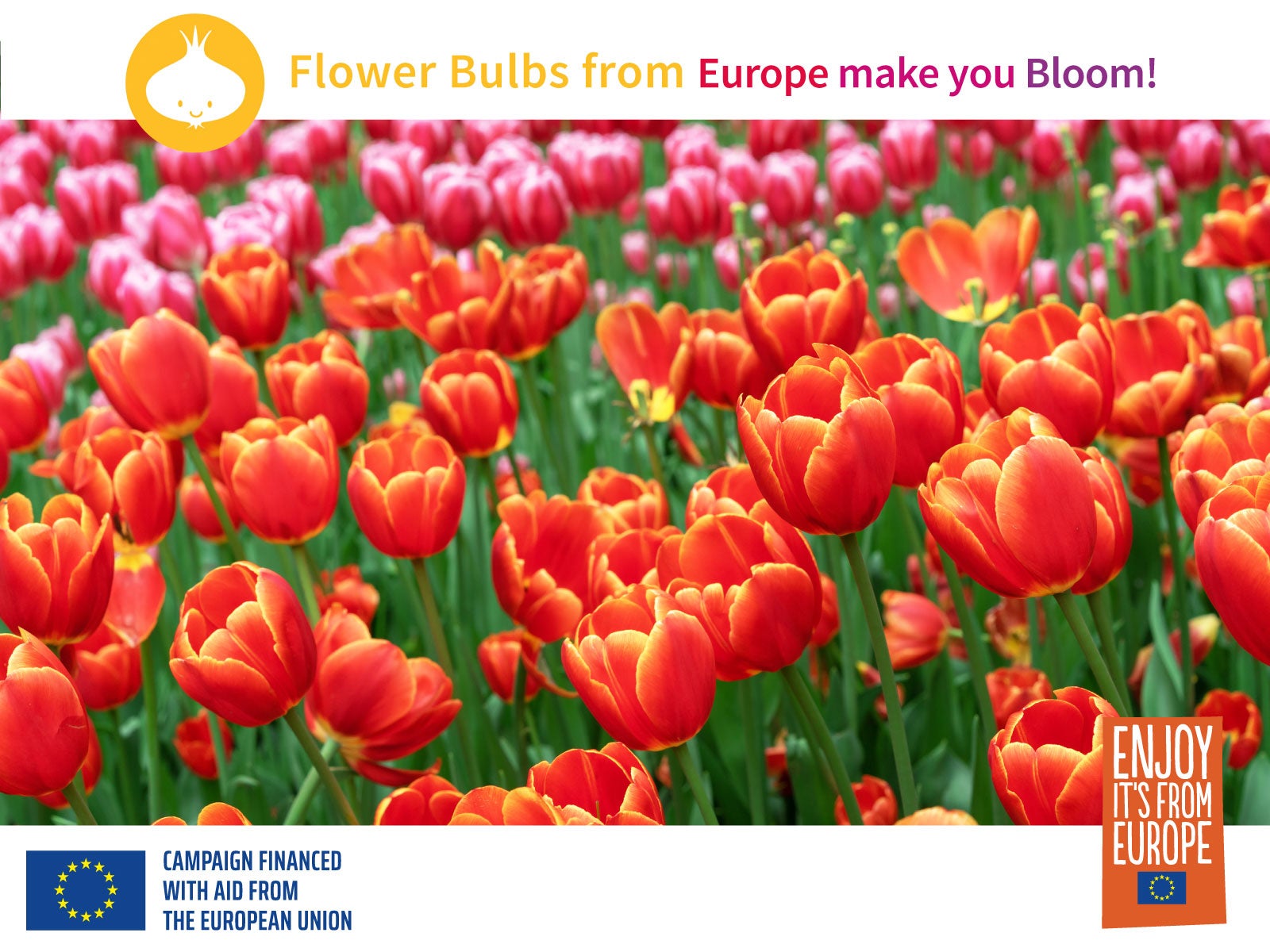 Grow An Early Spring Flowering Bulb Lawn
Grow An Early Spring Flowering Bulb LawnWant a lawn that nourishes pollinators, never needs weeding, and grows more beautiful every year? We have the lawn for you. Click for more.
By Caroline Bloomfield
-
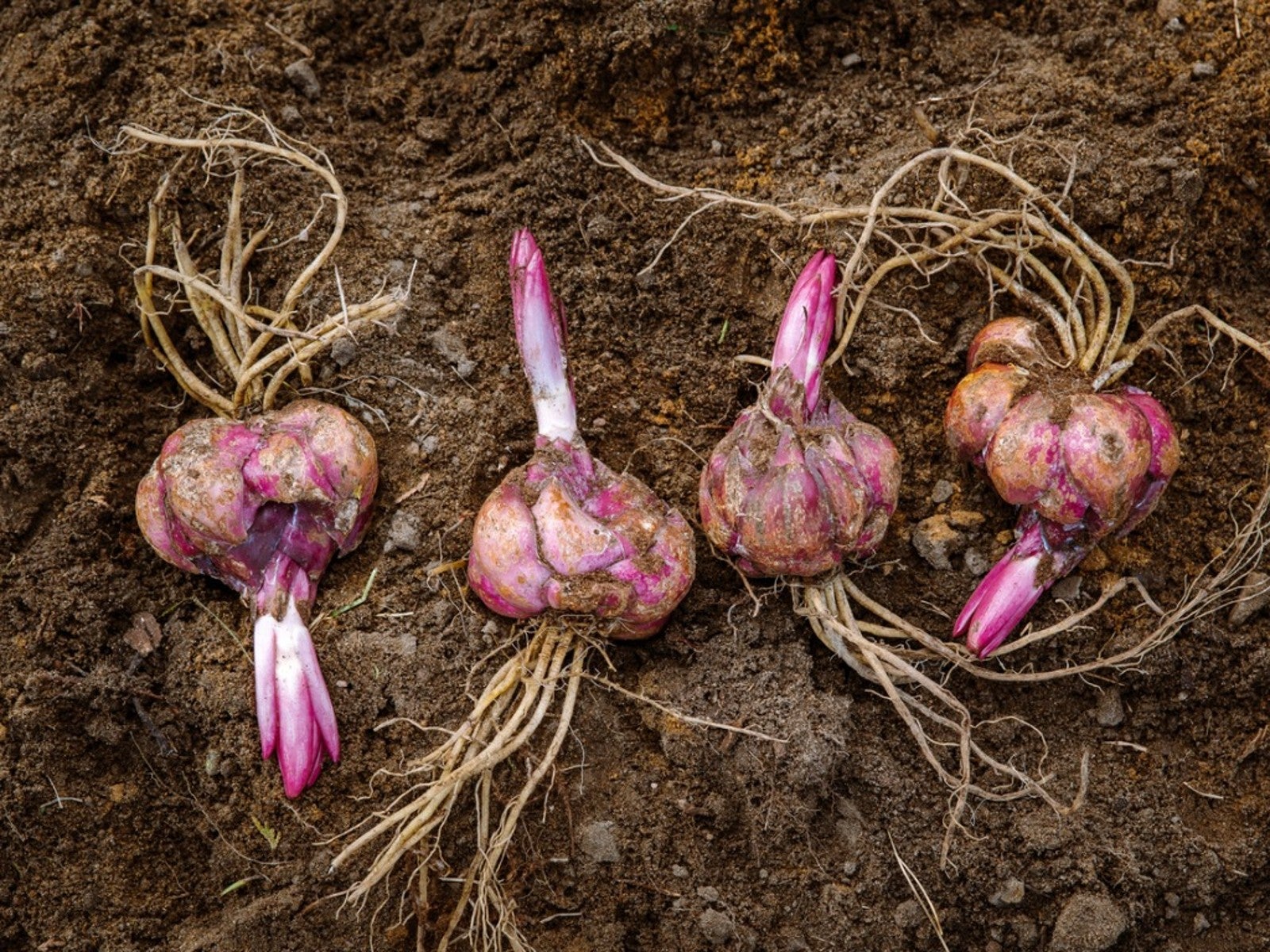 When To Dig Up Bulbs That Bloom In Summer
When To Dig Up Bulbs That Bloom In SummerClick here to learn when to dig up faded summer bulbs of some of the most common ornamentals grown.
By Tonya Barnett
-
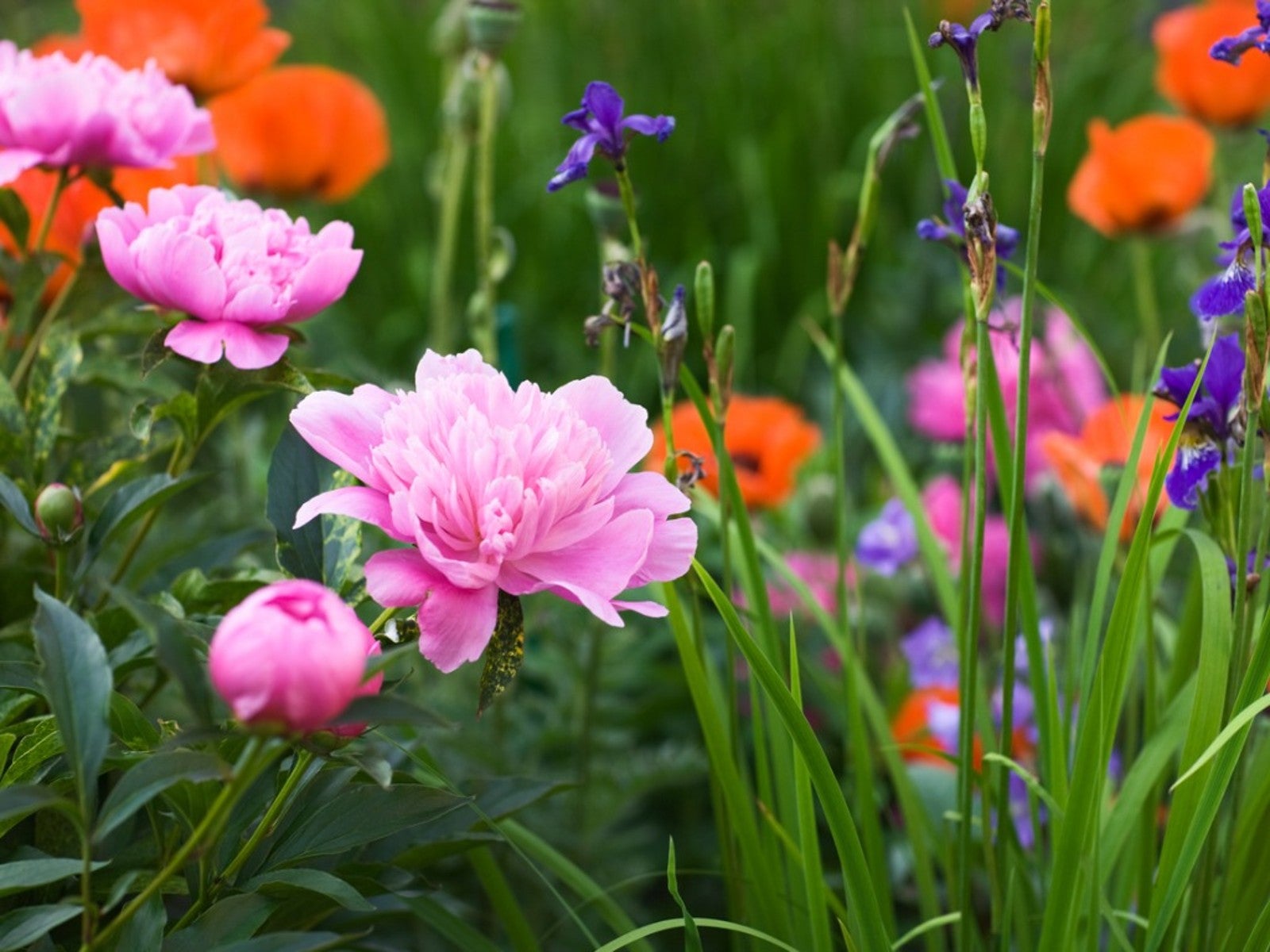 Corms, Tubers, And Bulbs That Are Deer Resistant
Corms, Tubers, And Bulbs That Are Deer ResistantWe love tulips, and so do deer! If you have hungry deer and you hunger for spring blooms, this article should help.
By Amy Grant
-
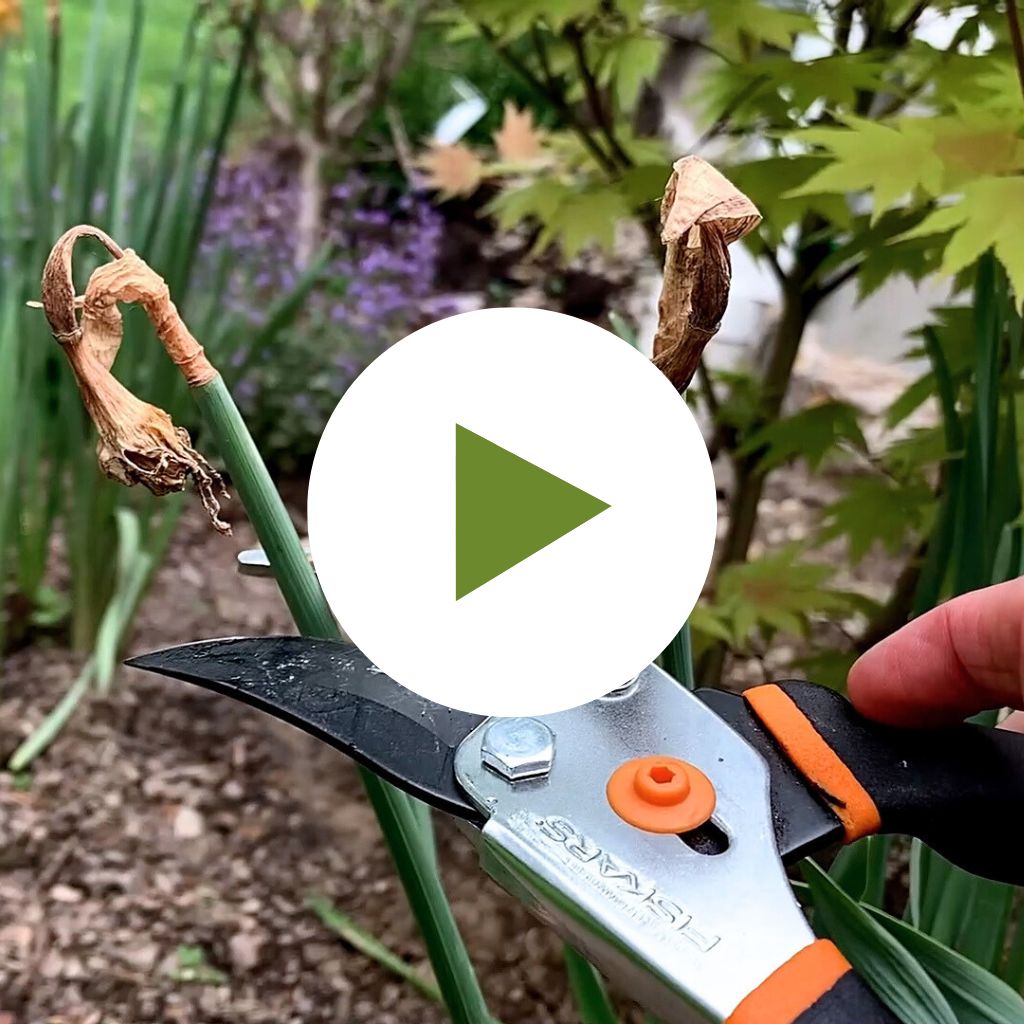 Care for Bulbs After Blooming
Care for Bulbs After BloomingIt's tempting to chop down the leaves after you bulbs have bloomed, but you have to resist this urge! Click to learn why.
By Amy Draiss
-
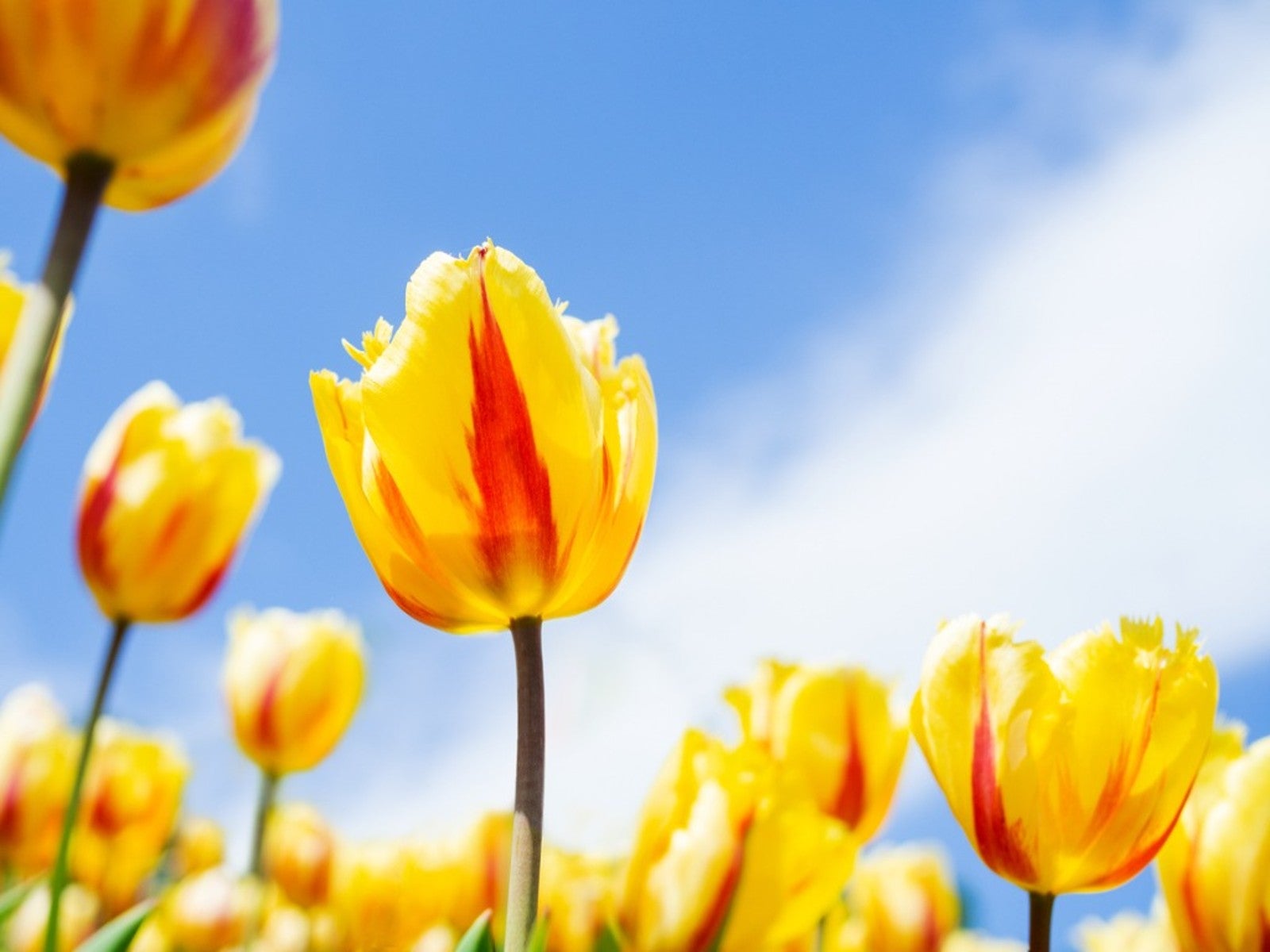 Best Spring Bulbs for Sun and Shade: Bulbs That Grow in Shade and Full Sun
Best Spring Bulbs for Sun and Shade: Bulbs That Grow in Shade and Full SunBulbs are beautiful harbingers of spring. Most flower bulbs thrive in full sun, but what if you have a shaded landscape? Read on for more.
By Amy Grant
-
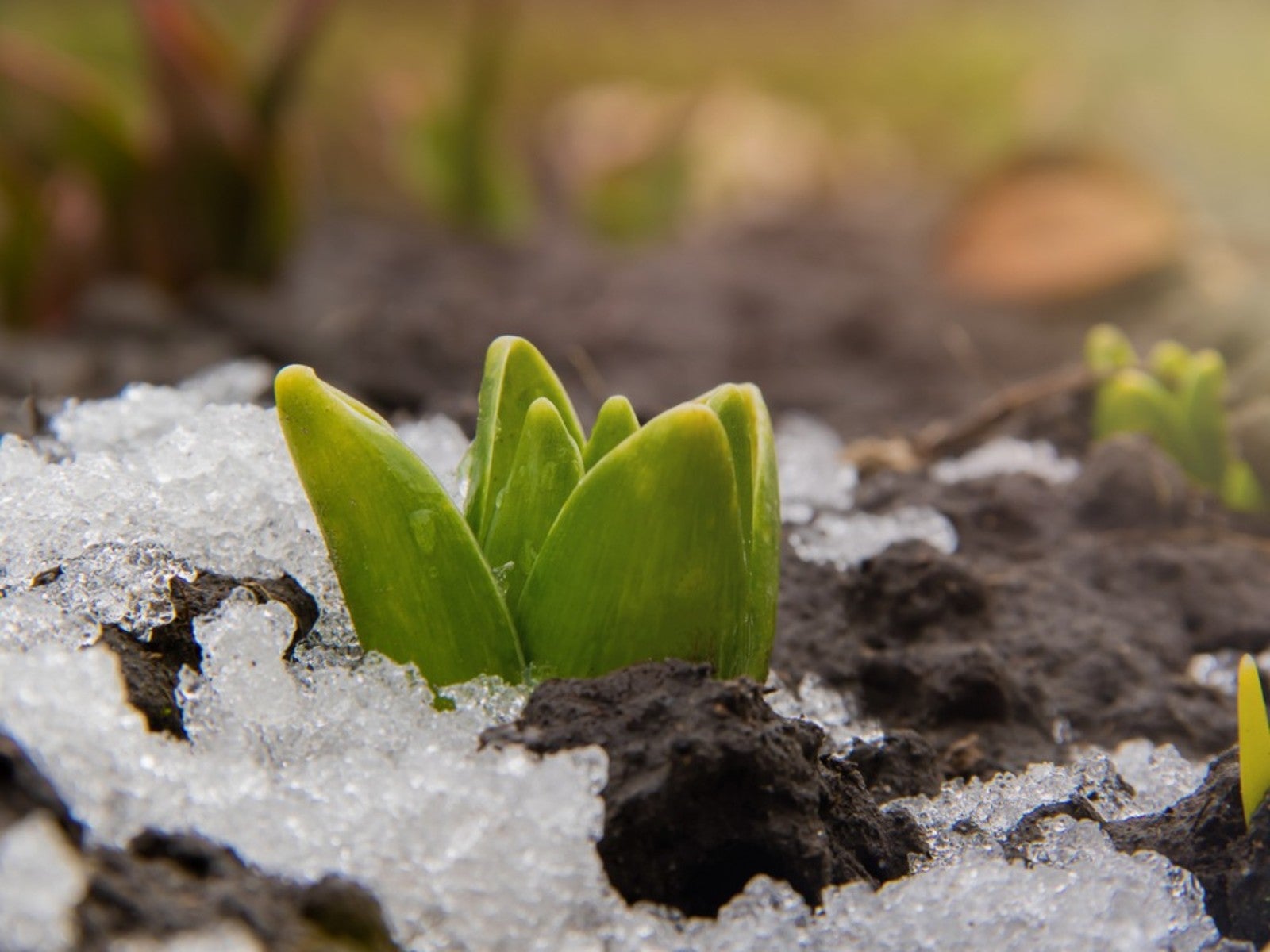 Bulb Life Cycle In Winter: What Bulbs Do For Months Under The Snow
Bulb Life Cycle In Winter: What Bulbs Do For Months Under The SnowDormancy in winter doesn't mean nothing is happening with bulbs. It just means you don't see any growth above the ground. Read on for more.
By Bonnie L. Grant
-
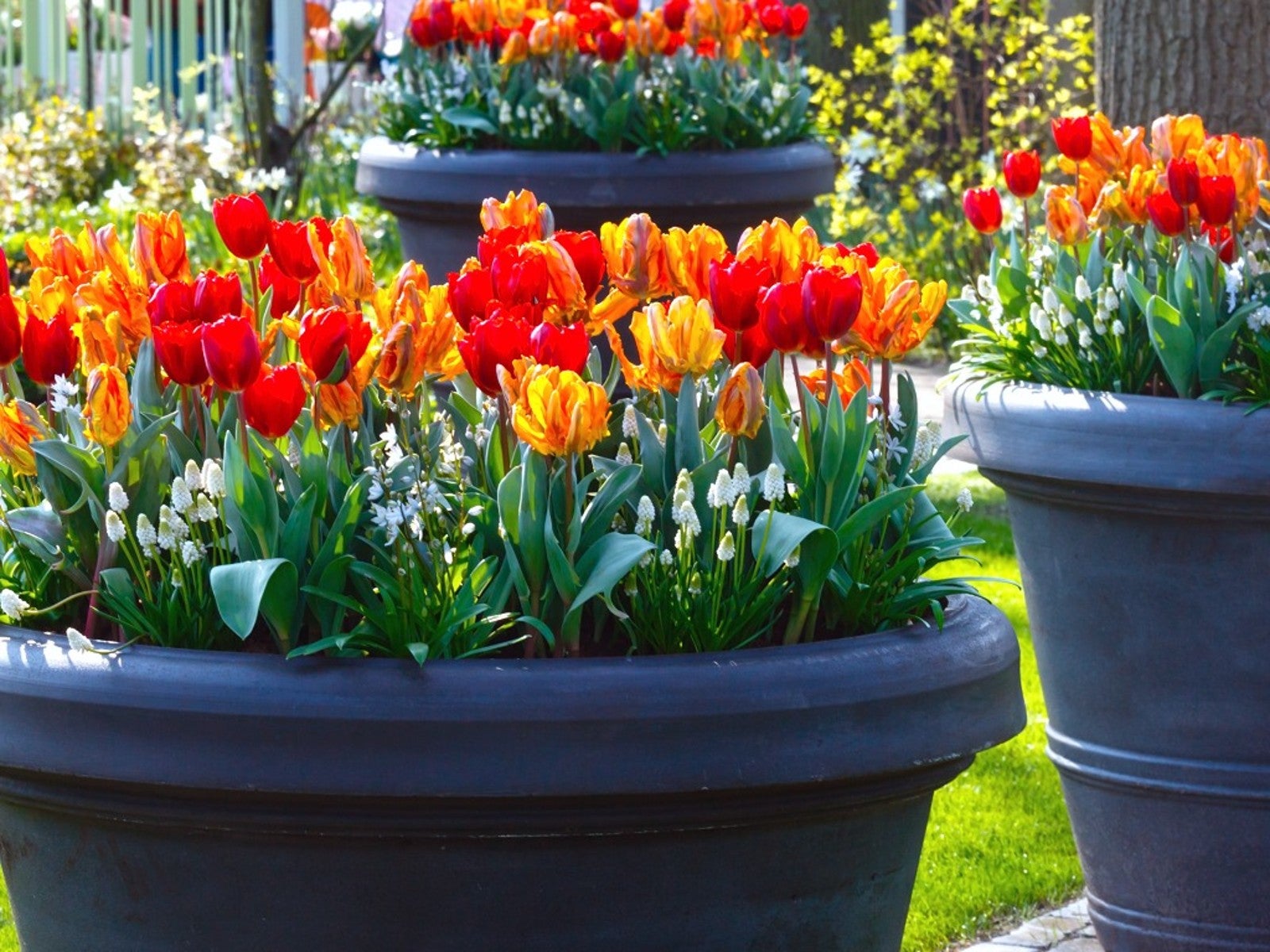 How To Plant Bulbs In Pots - Lasagna Style
How To Plant Bulbs In Pots - Lasagna StylePlanting bulbs in containers is an easy way to create a gorgeous spring porch arrangement, especially when you use the lasagna method.
By Laura Walters